Bonsai styles include formal upright, informal upright, slanting, cascade, and semi-cascade. Each style mimics natural tree growth patterns.
Bonsai, the Japanese art of growing miniature trees, involves various styles that reflect natural forms. The formal upright style features a straight trunk, symbolizing strength and resilience. Informal upright showcases a slightly curved trunk, adding a sense of movement. Slanting style mimics trees growing on slopes, with an angled trunk.
Cascade and semi-cascade styles replicate trees hanging over cliffs or water, with branches that flow downward. These styles not only enhance aesthetic appeal but also represent different natural environments. Understanding these bonsai styles helps enthusiasts choose and cultivate their bonsai trees effectively. Each style offers unique beauty and challenges, making bonsai cultivation a rewarding hobby.
Related Article: Bonsai Pruning Techniques: Master the Art of Miniature Trees
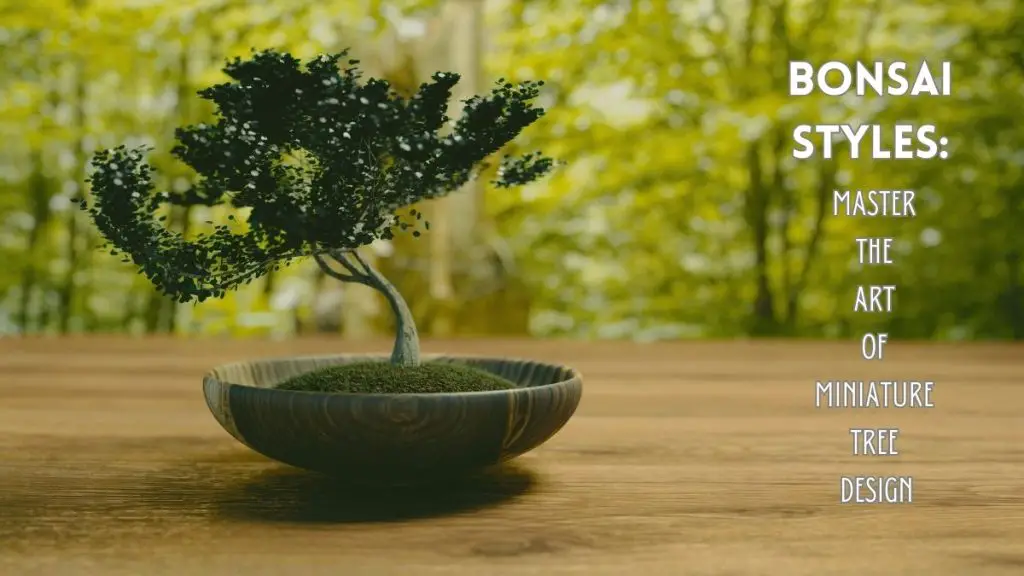
Related Article: Bonsai Species: A Comprehensive Guide to Stunning Miniature Trees
Introduction To Bonsai Styles
Bonsai is an art form that involves growing miniature trees in containers. The styles of Bonsai trees are diverse and rich in history. Each style has unique characteristics and principles. This section introduces you to the fascinating world of Bonsai styles.
History And Origins
Bonsai originated in China over a thousand years ago. The Chinese practiced “penjing,” which means tray scenery. This art form focused on creating miniature landscapes. The Japanese later adopted and refined it, naming it Bonsai. The word Bonsai translates to “planted in a container.”
The Japanese developed many Bonsai styles over centuries. Each style reflects different natural forms and cultural aesthetics. Today, Bonsai has spread worldwide, with many enthusiasts practicing this art.
Basic Principles
Bonsai styles follow specific principles to create harmony and balance. The tree’s shape must look natural and aesthetically pleasing. The trunk, branches, and leaves should mimic their full-sized counterparts.
Here are some basic principles of Bonsai styles:
- Trunk Shape: The trunk can be straight, curved, or slanting.
- Branch Arrangement: Branches should be spaced evenly.
- Leaf Size: Leaves must be proportionate to the tree’s size.
- Root Structure: Roots should appear natural and secure.
Understanding these principles helps in creating beautiful Bonsai trees. Each style adheres to these rules while showcasing unique characteristics.
| Principle | Description |
|---|---|
| Trunk Shape | The trunk can be straight, curved, or slanting. |
| Branch Arrangement | Branches should be spaced evenly. |
| Leaf Size | Leaves must be proportionate to the tree’s size. |
| Root Structure | Roots should appear natural and secure. |
Related Article: The Art of Bonsai: Making of Stunning Miniature Trees

Credit: www.thebonsaiseed.com
Related Article: 14 Best Bonsai Tools To Make A Proper Bonsai
Popular Bonsai Styles
Bonsai is the art of cultivating miniature trees. Different styles create unique looks. Here, we will explore two popular styles.
Formal Upright
The Formal Upright style is also known as Chokkan. This style resembles a tree growing straight up. The trunk is perfectly vertical, with the branches forming a balanced shape.
Characteristics of Formal Upright:
- Trunk grows straight up
- Branches are evenly spaced
- Tree looks symmetrical
Suitable tree species for Formal Upright:
| Tree Species | Characteristic |
|---|---|
| Japanese Maple | Delicate leaves |
| Chinese Elm | Hardy and adaptable |
Informal Upright
The Informal Upright style is known as Moyogi. This style looks natural and less rigid. The trunk bends and curves, creating an elegant appearance.
Characteristics of Informal Upright:
- Trunk has gentle curves
- Branches are not symmetrical
- Tree looks natural
Suitable tree species for Informal Upright:
| Tree Species | Characteristic |
|---|---|
| Juniper | Flexible branches |
| Ficus | Strong roots |
Advanced Bonsai Techniques
Mastering advanced bonsai techniques can take your tree to the next level. Understanding the art of pruning, shaping, and wiring is crucial. These methods help create stunning, intricate bonsai designs.
Pruning And Shaping
Pruning is essential for maintaining the tree’s shape and health. Remove dead branches and leaves. Trim the branches to encourage new growth. Use sharp, clean tools to avoid damaging the tree.
Shaping helps define the tree’s structure. Decide on the style: formal upright, informal upright, slanting, or cascading. Bend and trim branches to achieve the desired look. Always be patient; shaping takes time.
Wiring Methods
Wiring is a technique to bend and reposition branches. Use aluminum or copper wire. Start with thicker branches and move to thinner ones.
- Wrap the wire around the branch in spirals.
- Adjust the branch slowly to avoid breaking it.
- Monitor the tree regularly to ensure the wire doesn’t cut into the bark.
Remove the wire after a few months. Check if the branch holds its new position. Repeat the process if needed.
| Technique | Purpose | Tools Needed |
|---|---|---|
| Pruning | Maintain shape and health | Pruning shears, scissors |
| Shaping | Define structure | Pruning shears, concave cutters |
| Wiring | Bend and reposition branches | Aluminum or copper wire |
Choosing The Right Species
Picking the right species is very important in bonsai. The right tree can make your bonsai look beautiful. The wrong tree can be hard to care for. Here, we will talk about deciduous and evergreen trees.
Deciduous Trees
Deciduous trees lose their leaves in the fall. These trees change with the seasons. They can be very pretty in spring and fall.
- Japanese Maple: These trees have bright red leaves in the fall.
- Chinese Elm: These are easy to care for and have small leaves.
- Trident Maple: These have beautiful three-lobed leaves.
| Tree | Best Feature |
|---|---|
| Japanese Maple | Bright red leaves in fall |
| Chinese Elm | Small, easy-care leaves |
| Trident Maple | Three-lobed leaves |
Evergreen Trees
Evergreen trees keep their leaves all year long. These trees stay green and look good in winter.
- Juniper: These are very popular and easy to shape.
- Pine: These have needles and can live many years.
- Spruce: These are hardy and have small needles.
| Tree | Best Feature |
|---|---|
| Juniper | Easy to shape |
| Pine | Long-lived needles |
| Spruce | Hardy, small needles |
Related Article: Are Bonsai Trees Hard to Take Care of? Debunking Myths
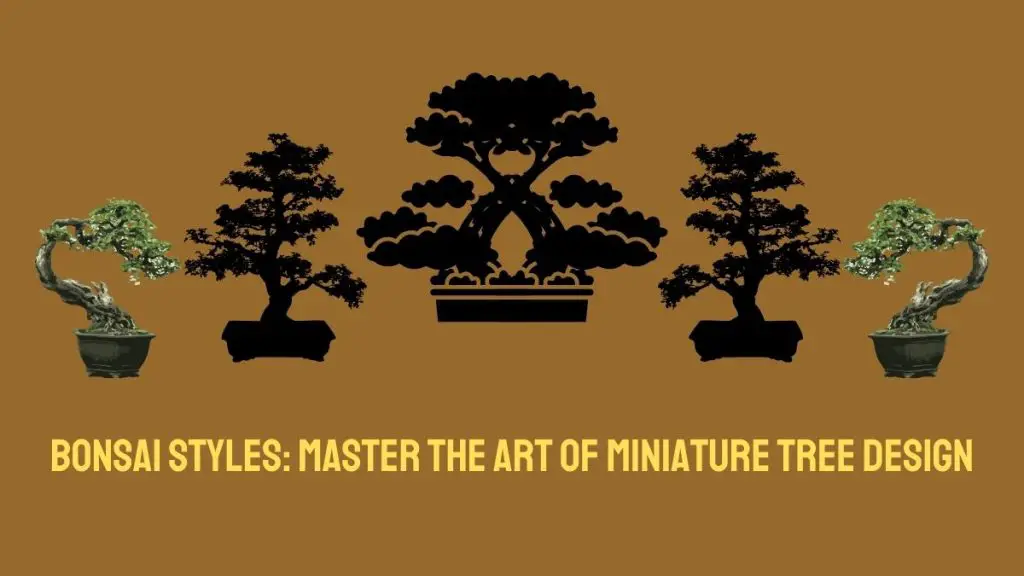
Related Article: Bonsai Soil Mix: Essential Ingredients for Healthy Growth
Caring For Your Bonsai
Caring for your bonsai is an art form. It requires patience and attention to detail. Each bonsai style has unique care needs. Proper care ensures the tree’s health and beauty. Learn how to water, fertilize, and manage pests for your bonsai.
Watering And Fertilizing
Watering is crucial for bonsai health. Check the soil daily. It should be moist but not soggy. Use a gentle spray to water the soil evenly.
- Use room temperature water
- Avoid over-watering
- Ensure proper drainage
Fertilizing keeps your bonsai nourished. Use a balanced bonsai fertilizer. Apply it during the growing season.
| Season | Fertilizer Type | Frequency |
|---|---|---|
| Spring | Balanced (N-P-K) | Every two weeks |
| Summer | Balanced (N-P-K) | Every two weeks |
| Fall | Low nitrogen | Monthly |
| Winter | No fertilizer | None |
Pest Control
Pest control is vital for bonsai health. Inspect your bonsai regularly. Look for signs of pests like discolored leaves or webbing.
- Isolate infected bonsai
- Use insecticidal soap
- Prune affected areas
Common pests include aphids, spider mites, and scale insects. Use natural remedies or safe chemicals to treat these pests.
Keep your bonsai environment clean to prevent infestations. Ensure proper air circulation around your bonsai.
Related Article: Bonsai For Beginners: How To Grow Bonsai Tree
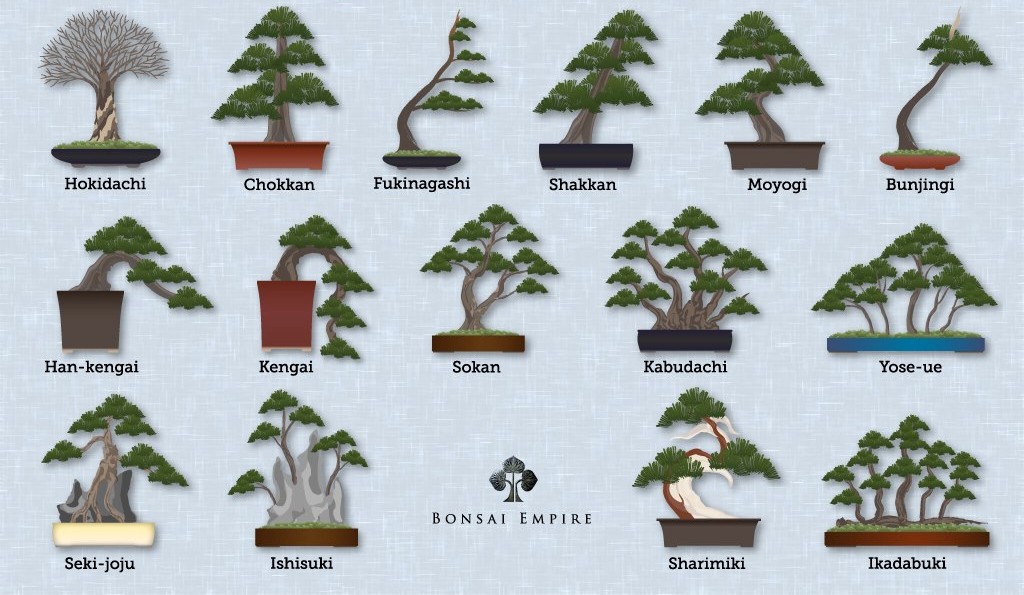
Credit: www.bonsaiempire.com
Related Article: How to Repot a Bonsai for Beginners: A Comprehensive Guide
Conclusion
Exploring bonsai styles opens up a world of creativity and tranquility. Each style offers unique beauty and challenges. Embrace the art, experiment with different techniques, and enjoy the journey. Whether you’re a beginner or an expert, bonsai cultivation brings immense satisfaction and connection to nature.
Happy growing!
Related Article: The Top 10 Best Bonsai Trees for Beginners
Related Article: Best Bonsai Pots: Elevate Your Miniature Trees with Style

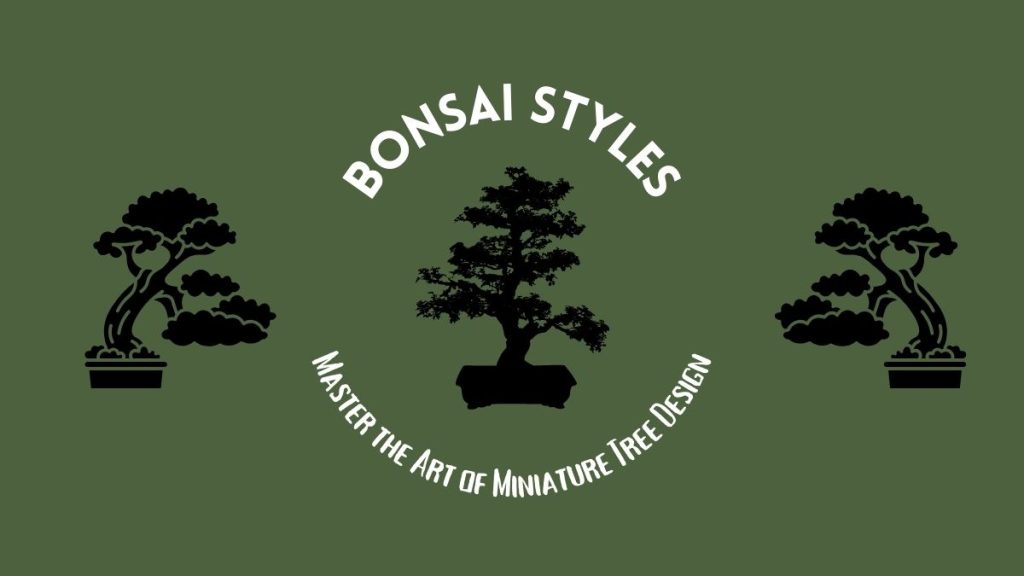
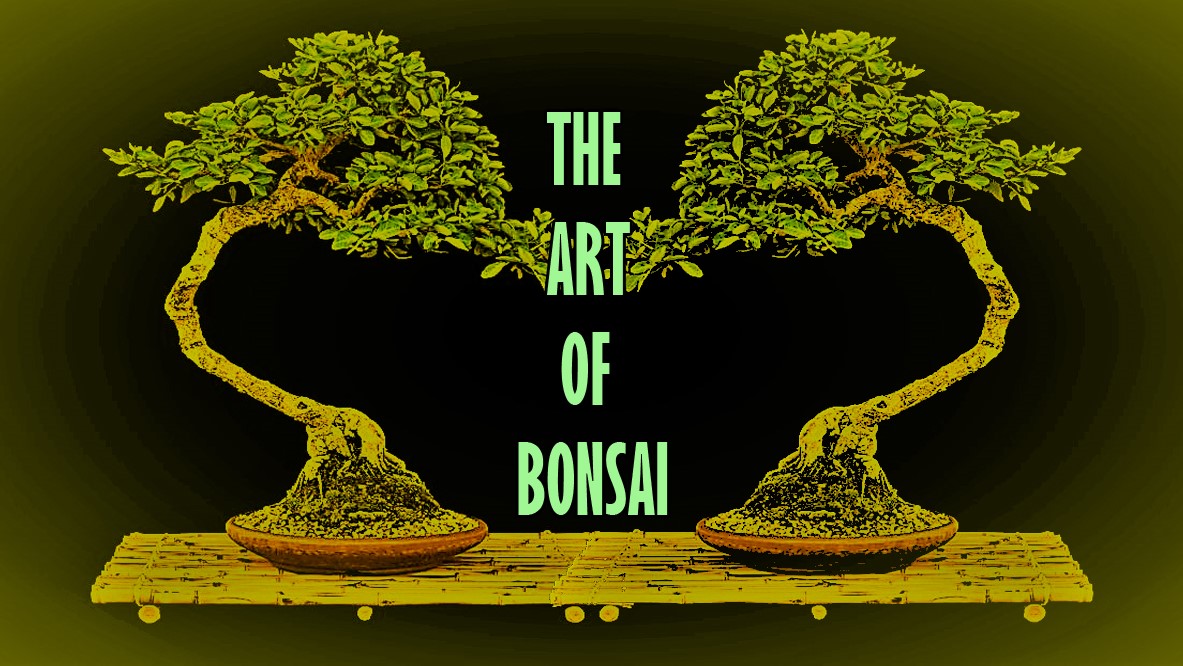
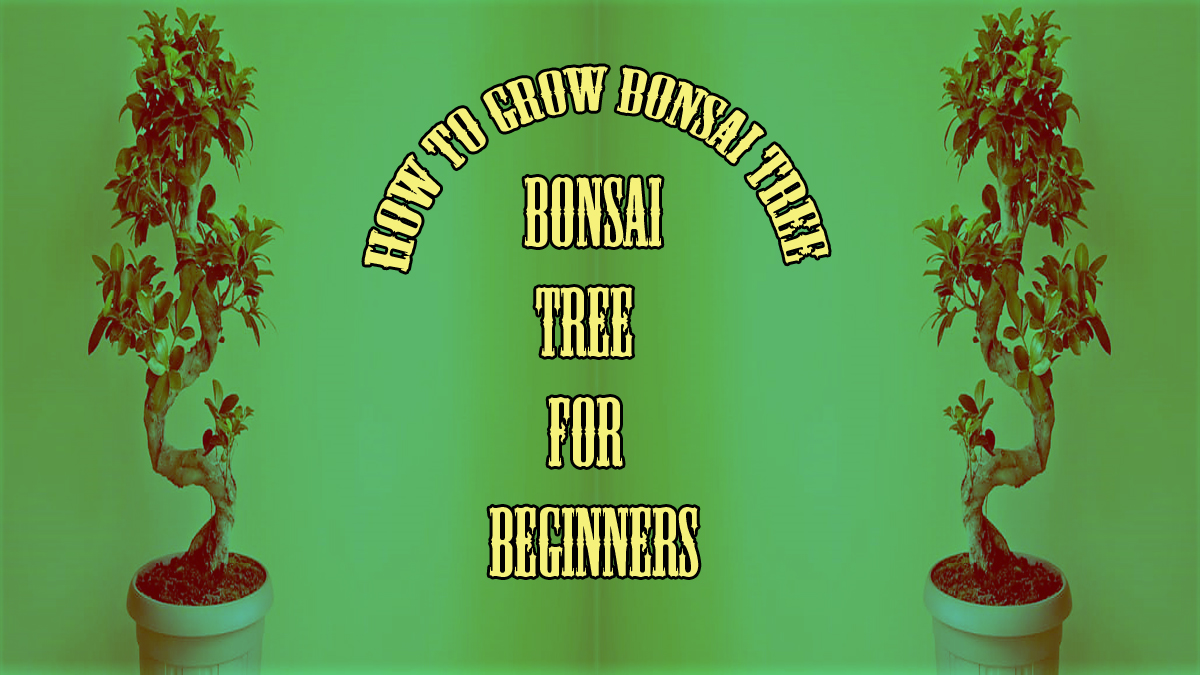
Pingback: Bonsai Soil Mix: Essential Ingredients for Healthy Growth - Dwell Gardens
Pingback: Best Bonsai Pots: Elevate Your Miniature Trees with Style - Dwell Gardens